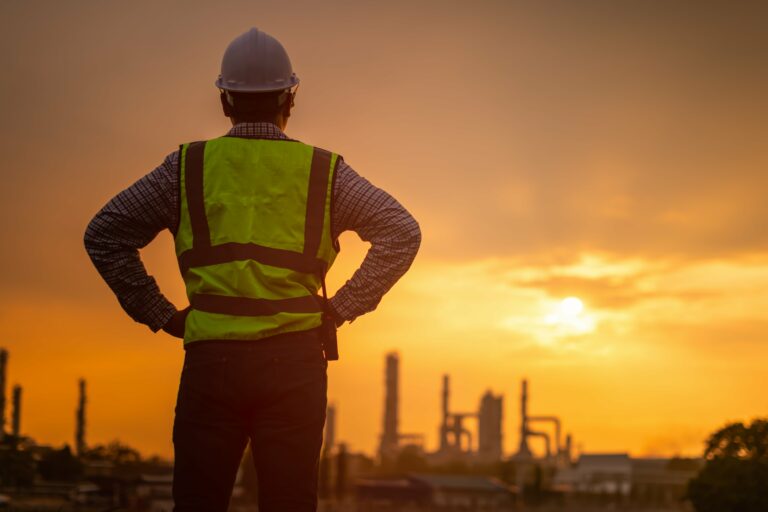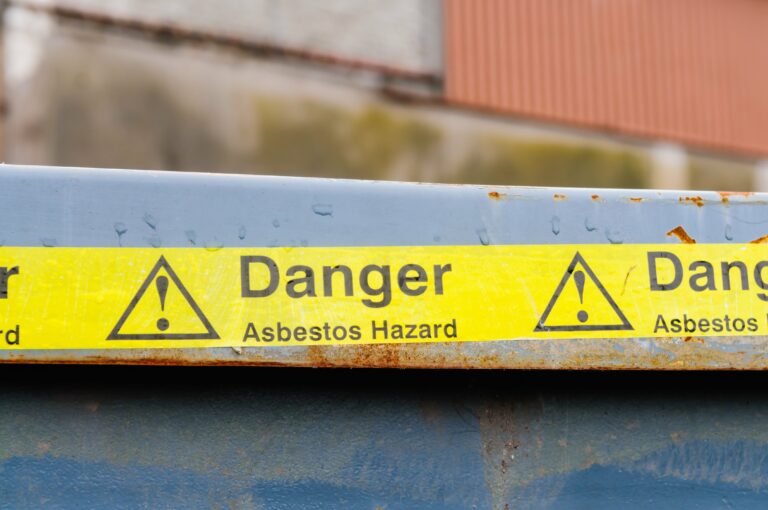Blog
HOSPITALITY AND LEISURE | Common health and safety risks and how to reduce them
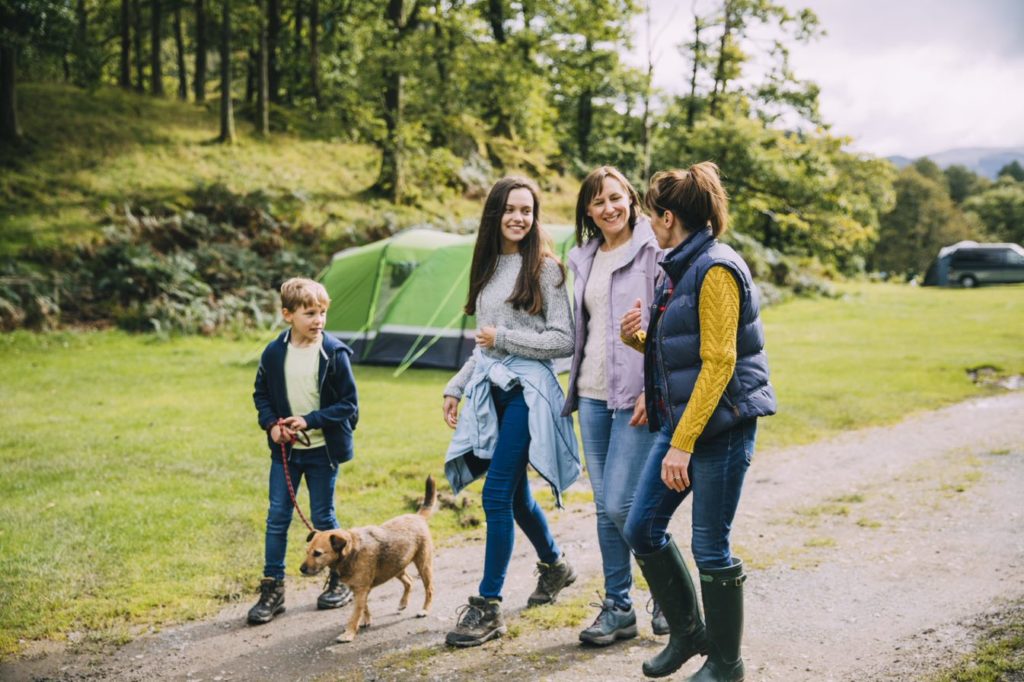
Employers are required to identify the hazards present in their workplace and to take reasonable steps to control the risks arising from those hazards.
A hazard is anything that is potentially dangerous, and even though individual workplaces have their own specific hazards, and the hospitality industry is diverse, there are a number of main areas of risk that hospitality business owners should be aware of.
In this article, we take a look at some of the general categories of risk you may encounter as an employer in the hospitality and leisure sector, and the steps you can take to ensure the health and safety of staff and visitors.
Slips and trips
Slips and trips are the single most common cause of major injury in UK workplaces. Every year in the hospitality industry alone, there are hundreds of major accidents caused by slips and trips. The occupations most affected are kitchen assistants, chefs and waiting staff.
In order to make sure your employees and others, such as visitors, are kept safe from harm, you must assess the risk arising from slips and trips and take sensible precautions to reduce these risks to as low a level as possible.
Some simple things to consider include:
- Spilled substances. Spills from food or cooking are among the main causes of slips and should be immediately cleaned up. Post warning signs around spills or wet floors.
- Flooring. Regularly check flooring condition and don’t put off repairs. As a temporary measure, highlight any damaged areas and, where possible, keep people away.
- Unexpected trip hazards. Make sure boxes, bags, cables and other obstacles aren’t left lying around. Storage should always be provided for incoming deliveries and staff belongings.
- Cleaning. Most slips happen on wet or dirty floors, so it’s important to ensure floors are cleaned regularly and kept free of water and grease. Anything on the floor should also be quickly and effectively removed. Make sure cleaning is correctly carried out and use slip-resistant waxes to polish and treat floors.
Ways to further reduce the risk of injury include installing non-slip tiling or other non-slip products, using rubber mats in areas where floors are constantly wet, and encouraging staff to wear non-slip footwear. These measures are simple and inexpensive to implement but will help to prevent costly fines.
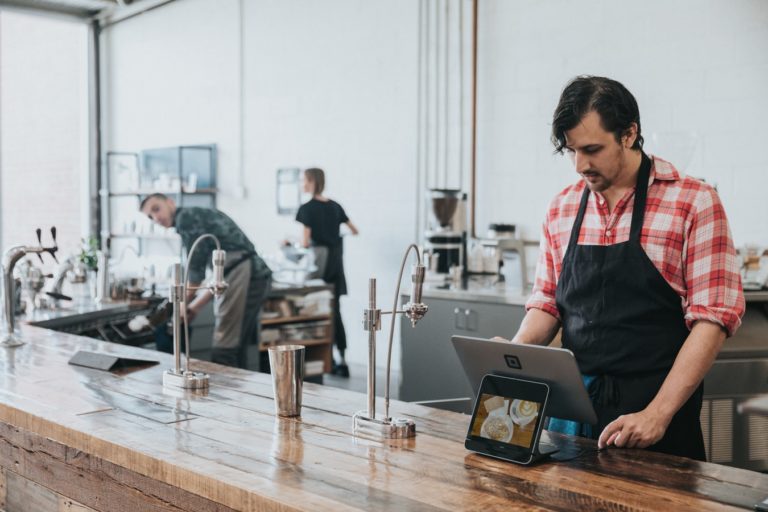
Premises
Hospitality businesses can expect a constant stream of guests arriving and departing, and the law requires that premises are safe for use both by visitors and employees.
The simplest way of keeping your premises safe is to carry out a risk assessment of your buildings and site. This will help to identify anything of a serious nature that has the potential to cause harm.
Gas appliances, flues, pipework and safety devices must also be maintained in a safe condition. They should be inspected by one of your legally required competent persons and you should check that contractors have a current Gas Safety Register certificate of competence. Make sure electrical equipment is regularly safety checked and that there is a system in place for faulty items to be identified and removed. The best protection against electrical hazards is to install residual current devices (safety switches) on all electrical circuits.
Perhaps the most simple yet effective precaution you can take is to conduct regular walk-through checks so that any unsafe conditions or acts that may cause injury can be identified and corrective measures taken. In many cases, a simple tour of your premises will highlight measures that can be immediately implemented.
Make sure there is good lighting, especially on stairs or pedestrian areas that are uneven, so that people can see ahead clearly.
You should also test fire detectors and alarms to ensure they are in good working order.
Manual handling
- Assess the risk of injury from hazardous manual handling that can’t be avoided; and
- Reduce the risk of injury from hazardous manual handling as far as reasonably possible.
- You should risk assess all standard operations, including cleaning and maintenance activities.
- Training staff in proper lifting techniques;
- Using mechanical aids like hand trolleys, pallet jacks, carts and concierge trolleys; and
- Thinking about the work area and organising it in a way that reduces the need for lifting, moving and carrying.
Do you need support?
Speak to us for an honest, no obligation chat on:
0345 226 8393 Lines are open 9am – 5pm
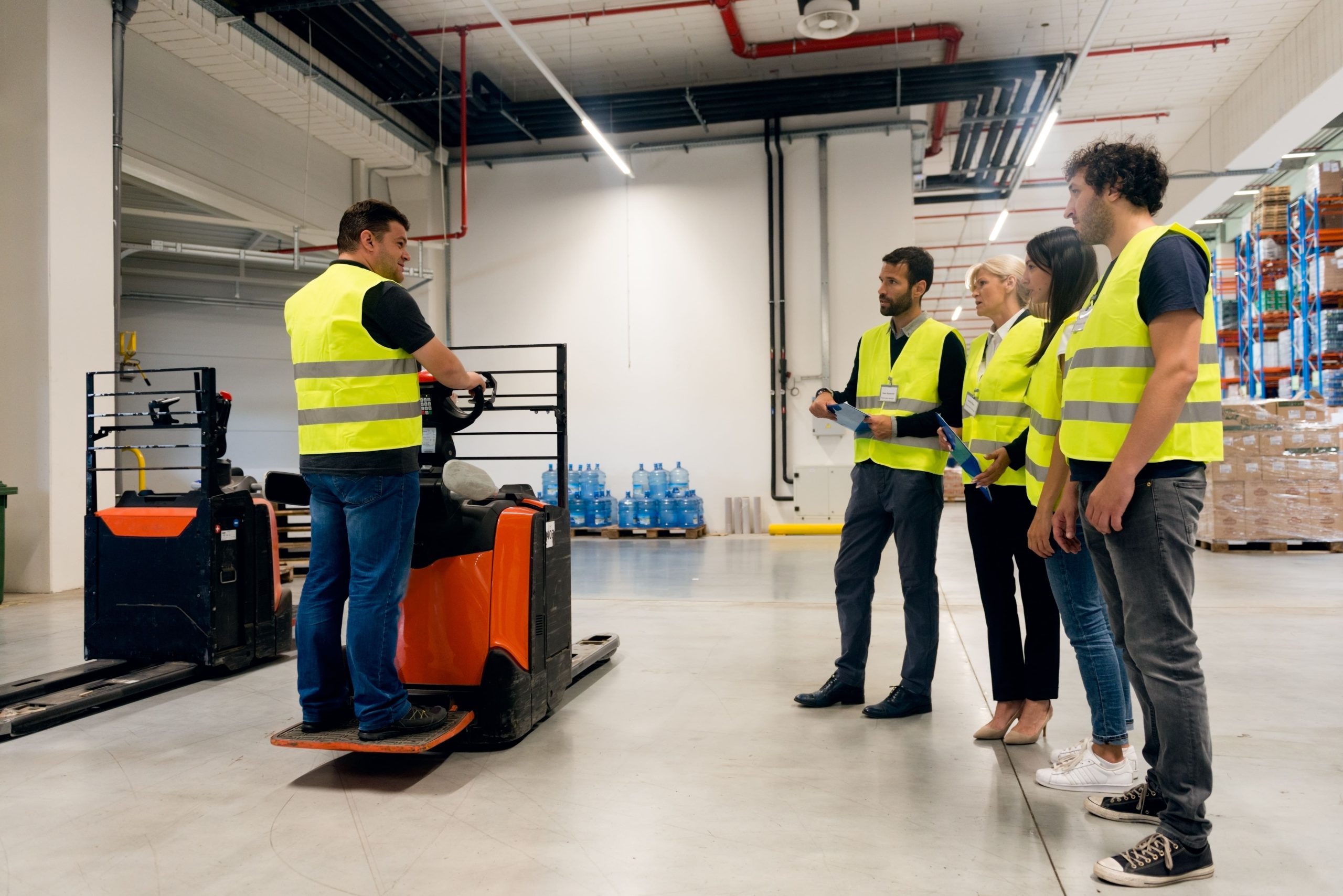
Training
Training is essential to enable workers to carry out their tasks safely, without risk to themselves or others. As well as being fundamental to reducing accidents, it is also a legal requirement under the Health and Safety at Work Act (HSWA) 1974, so it’s an area you can’t afford to overlook.
Use the following three steps when training staff:
- Prepare the worker. Explain the job in detail, including any hazards, safety precautions or required personal protective equipment.
- Train the worker. Demonstrate and describe specific procedures. Have them perform procedures until they can do them exactly as required.
- Check progress. Monitor workers to ensure safety standards are being maintained. Make unscheduled check-ups and correct any unsafe work habits.
Even the simplest of tasks should be explained fully to all employees. If a written safe system of work for the task is available, provide the worker with a copy.
Failure to provide staff with sufficient information, instruction, training and supervision may lead to criminal prosecution and a substantial fine, so properly inducting employees is essential.
Young workers
The hospitality industry employs a large numbers of young people, who are likely to lack experience and awareness of workplace risks. In fact, half of all work-related accidents involving young workers aged 15 to 24 happen during the first six months of work.
Special care should therefore be taken to ensure young workers receive adequate education, training and supervision. Discuss safety topics during their orientation and training, and encourage new recruits to ask questions whenever necessary.
Equipment
Common equipment, such as general maintenance equipment and electrical tools, may cause serious injury, and poorly-maintained equipment is a significant cause of accidents in the hospitality industry. Regular maintenance by competent staff will help to ensure equipment performs well and reliably, and help to prevent accidents. Of course, the maintenance itself must also be done safely.
Periods between maintenance may vary depending on the equipment and its use, so always follow the manufacturer’s recommendations.
Guarding machinery, when used properly, can also protect workers. Reduce their risk of injury by:
- Making sure all guards are in place before use.
- Checking the manufacturer’s instructions on safe use.
- Retrofitting older equipment with guards.
- Unplugging equipment before clean-up, maintenance or repairs.
Hazardous chemicals
Many different types of hazardous cleaning chemicals are used in the hospitality industry, including drain-cleaning products, oven cleaners, disinfectants, toilet cleaners, bleach, sanitisers and de-scalers.
When using or handling chemicals, always:
- Use the least hazardous chemicals;
- Wear personal protective equipment – for example, gloves, face mask, long sleeve clothing and, if required, respirator;
- Store chemicals safely and securely when not in use; and
- Make sure safety data sheets are available where hazardous chemicals are stored and used – they provide safety advice and details of the chemical.
Vehicles
How to minimise risk
Most workplace injuries and illnesses can be prevented if workplace hazards are identified and the risks from them removed or minimised. Ways to minimise risks include:
- Developing and implementing safe systems of work;
- Making sure workers follow these safe ways of working and use appropriate personal protective equipment;
- Modifying work processes or equipment to make them safer (for example, by evaluating safety features when buying or replacing equipment);
- Regular safety inspections to help to identify hazards so that you can assess and control any risks;
- Periodically observing what workers are doing on the job and assessing any risks resulting from their acts; and
- Holding regular monthly meetings with workers to discuss health and safety matters.
A risk assessment is typically structured as follows:
- Identify all possible hazards.
- Evaluate the risk arising from these hazards in terms of likelihood and severity, and decide on the relevant control measures to be taken.
- Put identified control measures in place.
- Monitor and regularly review assessments and action.

